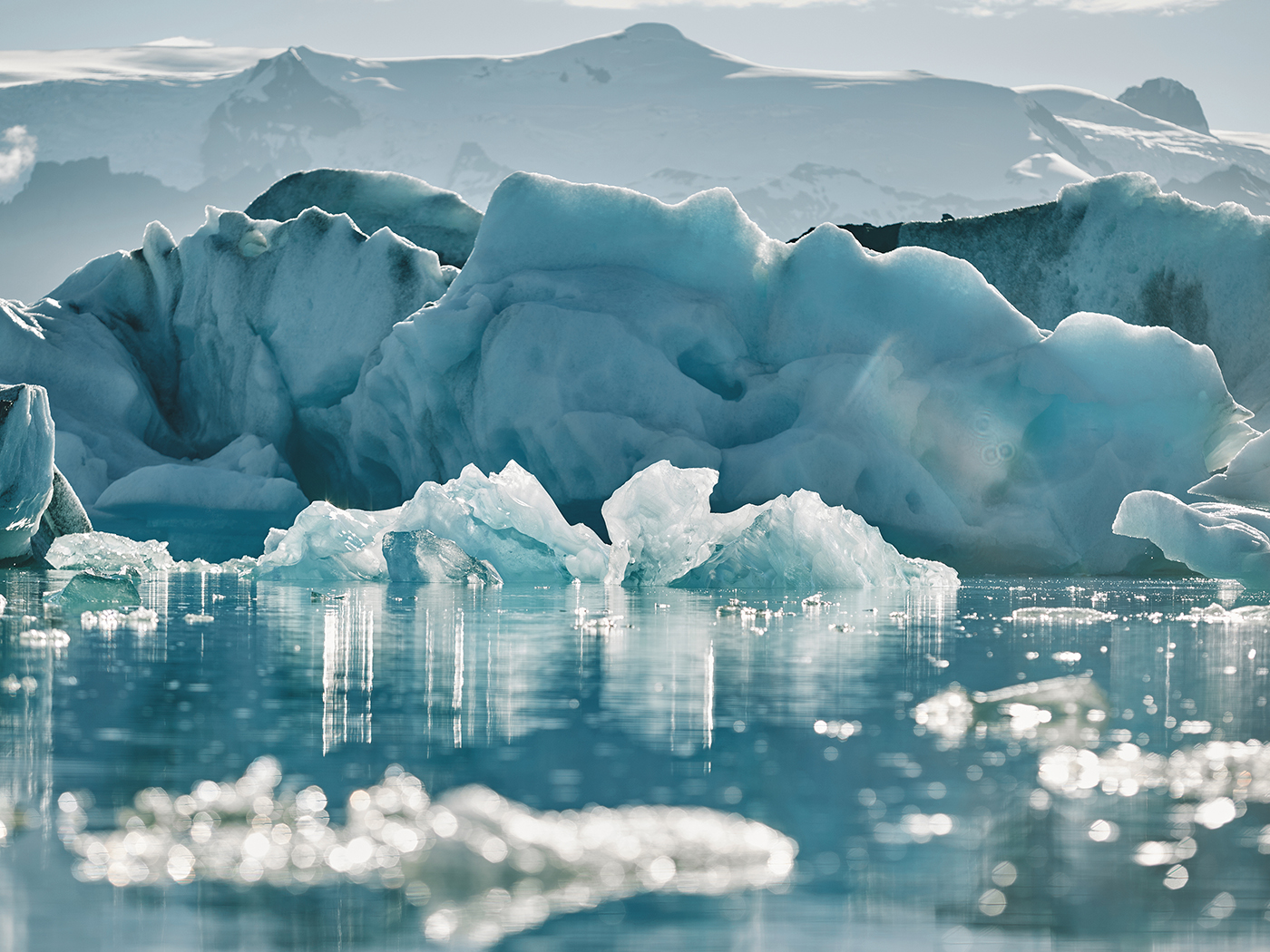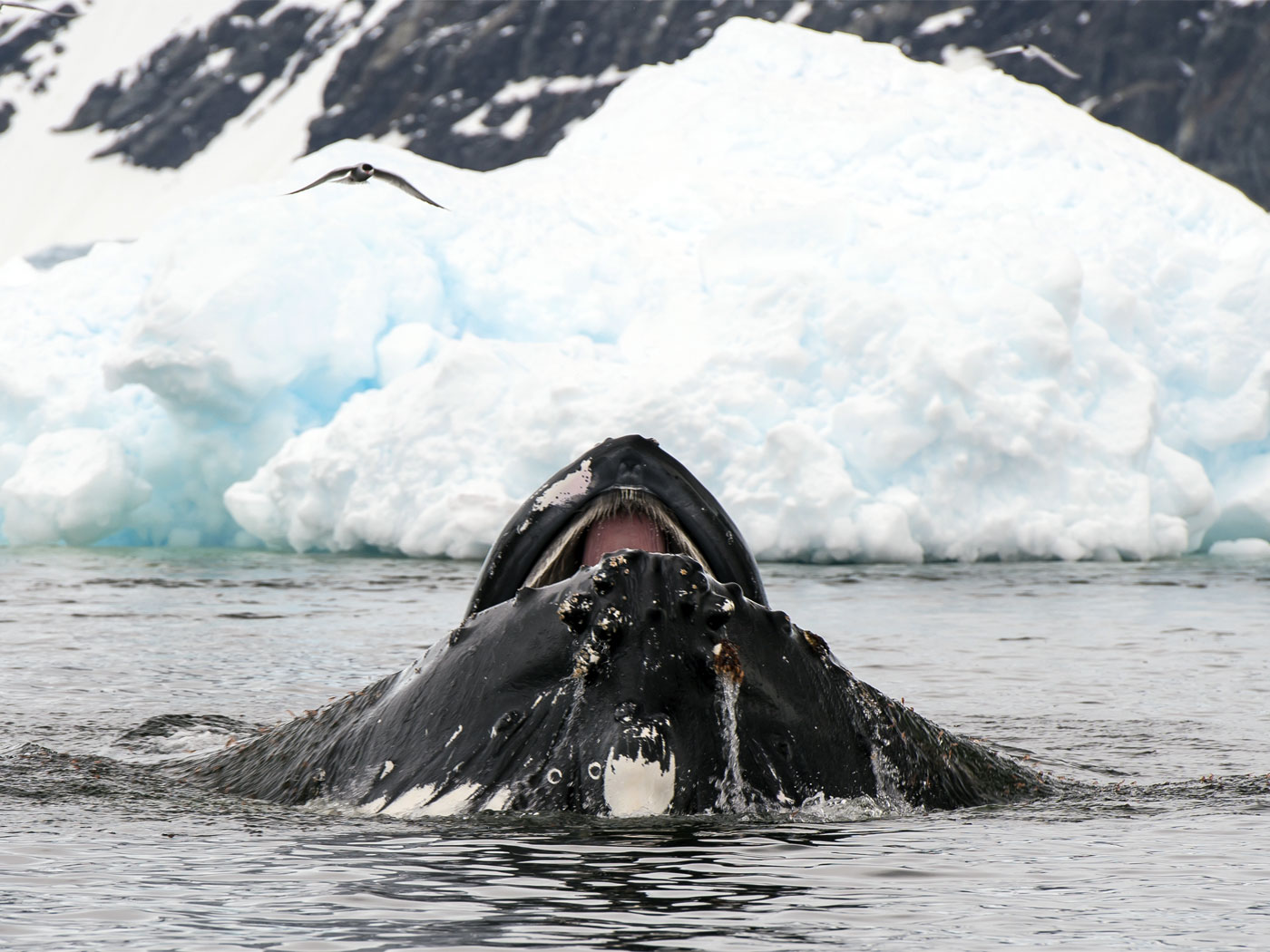On January 15, 2022, an underwater volcano in the Pacific Ocean’s Kingdom of Tonga erupted with the energy of hundreds of Hiroshima-size atom bombs.1 Both the resulting column of ash and the shock front that rippled away from the eruption could be seen from satellites in space.1,2
Explosive volcanic eruptions can cause cooler temperatures. Global temperatures dropped about 0.6° Celsius after the Philippines’ Mt. Pinatubo injected 15 million tons of sulfur dioxide (SO2) into the atmosphere during its 1991 eruption.3 Although the Tonga eruption is quite impressive, it is estimated to have generated a much smaller amount of sulfur dioxide, only about 0.4 million tons. Hence any cooling from the Tonga eruption will be much less pronounced.4
The Tonga and Pinatubo eruptions are reminders that explosive volcanic eruptions are one of the two keys needed to explain the Ice Age. An Ice Age requires cooler summers so that winter ice and snow will not completely melt during the summer months. As more snow and ice are deposited during subsequent winters, thick ice sheets can grow over time. In addition to cooler summers, heavy snowfall is also needed, because sunlight can still melt light snowfall even when temperatures are below freezing.
The Genesis Flood provides both warmer oceans and cooler summers. Most creation scientists think the pre-Flood ocean floor was subducted into the mantle during the Flood, and a new seafloor was formed during the year of the Flood.5 The hot lava that rapidly formed the new seafloor greatly warmed the world’s oceans, dramatically increasing evaporation rates for many centuries after the Flood. This high moisture content resulted in heavy post-Flood precipitation, including snowfall at high latitudes and on mountaintops.
Explosive volcanic eruptions during the Flood, as well as intermittent explosive volcanic eruptions in the centuries following resulted in cooler summers, especially in the Northern Hemisphere.6 These cooler summers prevented winter snow and ice from melting, allowing the formation of thick ice sheets.7
The Tonga eruption is what volcanologists call a Surtseyan eruption, an explosive eruption that takes place in shallow water. They are named because such an eruption formed the island of Surtsey off the coast of Iceland in 1963.
The island of Surtsey has long been of interests to creation scientists, because some Bible skeptics have argued that there is no way that the Earth could have recovered ecologically if the Genesis Flood was as devastating as creationists claim it is. Yet just 45 years after Surtsey island was formed from cooling lava, researchers found that insects, birds, and various species of plants had already begun colonizing it.8
The secular ice age theory posits that the timing of ice ages is controlled by slow changes in Earth’s orbital and rotational motions. Despite its widespread acceptance, the theory has major problems, and evidence for the theory is shaky at best, even by secular reckoning.9 Volcanic cooling and warm oceans are a much better explanation, and the Bible tells us of an event that would provide those conditions: the Genesis Flood.
References
1. Specktor, B. Tonga eruption equivalent to ‘hundreds of Hiroshima bomb,’ NASA says. LiveScience. Posted on livescience.com January 25, 2022, accessed January 27, 2022.
2. Andrews, R. G. Tonga shock wave created tsunamis in two different oceans. Science. Posted on science.org January 25, 2022, accessed January 27, 2022.
3. Global Effects of Mount Pinatubo. 2001. NASA Earth Observatory.
4. Bhan, V. Tongan eruption’s Sulphur dioxide could lead to cooler winter. 1 News. Posted on 1news.co.nz January 18, 2022, accessed January 27, 2022.
5. Clarey, T. 2016. Embracing Catastrophic Plate Tectonics. Acts & Facts. 45 (5).
6. Bradley, R. S. 1988. The Explosive Volcanic Eruption Signal in Northern Hemisphere Continental Temperature Records. Climatic Change. 12 (3): 221-243.
7. Hebert, J. 2018. The Bible Best Explains the Ice Age. Acts & Facts 47 (11): 10-13.
8. Sherwin, F. Surtsey: A Young-earth Laboratory. Creation Science Update. Posted on ICR.org May 28, 2008, accessed January 27, 2022.
9. Hebert, J. Physics Today Article Ignores Monster Milankovitch Problem. Creation Science Update. Posted on ICR.org May 24, 2020, accessed January 27, 2022.
* Dr. Hebert is Research Scientist at the Institute for Creation Research and earned his Ph.D. in physics from the University of Texas at Dallas.
The Tonga Volcano Eruption and the Ice Age
The Latest
Was a Key to Photosynthesis Evolution Discovered?
Northern Canadian lakes were the source of recently discovered unique photosynthetic bacteria of the phylum Chloroflexota. After years of culturing,...
CREATION PODCAST
Four Moons That Indicate a Young Universe | The Creation Podcast:...
Earth has one moon, but Jupiter has many! What can we learn from our celestial neighbor's satellites? Do they indicate youth?
Host...
Creation Kids: Seeds and Sprouts
by Renée Dusseau and Susan Windsor*
You're never too young to be a creation scientist and explore our Creator's world. Kids, discover...
APOLOGETICS
Christ’s Creativity in Canyon Critters
Grand Canyon animals display many marvelous traits and behaviors as they live life in that harsh habitat. These canyon creatures succeed thanks to the...
Standing Against False Science
I’m Michael Stamp, and I’m in my 12th year as an editor at the Institute for Creation Research. It’s always an encouragement to see...
Oysters and Pre-Flood Longevity
The oyster species Crassostrea virginica, also known as the eastern oyster, is a prized seafood. Research has demonstrated that a fossil version of...
Galápagos Finches: A Case Study in Evolution or Adaptive Engineering?
A group of birds known as Darwin’s finches live in the Galápagos Islands, which are located in the Pacific Ocean 600 miles west of Ecuador....
Hot Springs National Park: Hydrothermal Springs Formed By The...
Hot Springs National Park is located about an hour southwest of Little Rock in the folded Ouachita Mountains of central Arkansas. It is the second smallest...
Why Biology Needs A Theory of Biological Design—Part 2
“Based on a true story” is included by movie producers to add authenticity, importance, and a flair of anticipation. So, my account of how...
Marine Fossil Tapeworm Is Still a Tapeworm
The Flood was both sudden and rapid. The burial of creatures—including delicate plants and soft-bodied animals like jellyfish1—occasionally...






















